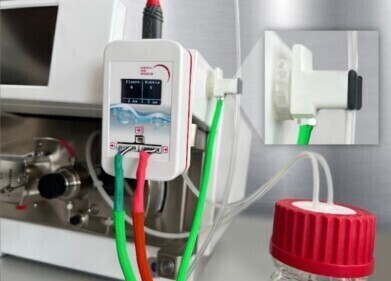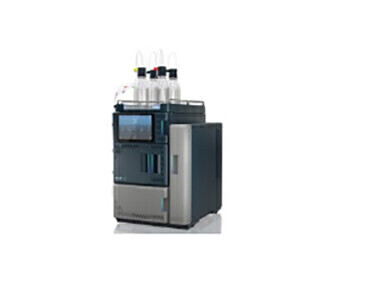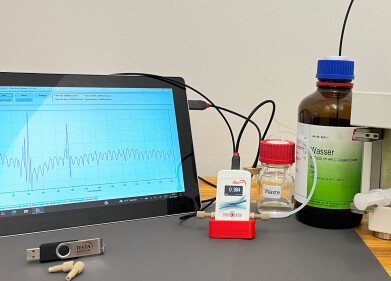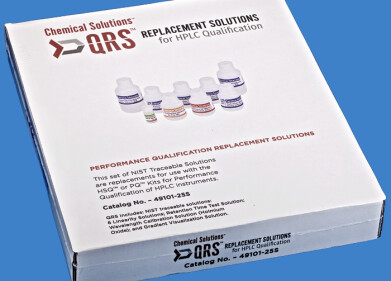HPLC
UHPLC Hardware Meets DryLab Software
Feb 04 2011
Shimadzu cooperates with the Berlin/Germany based Molnár- Institute in applying the new DryLab 2010 software and the new generation of Shimadzu UHPLC instruments. QbD automated HPLC Method Development using DryLab 2010 enables the transfer of HPLC methods into most-modern Shimadzu UHPLC technology. By remaining in the design space, much higher flexibility is achieved in adjusting working conditions according to individual needs. DryLab 2010 and Shimadzu’s LabSolutions software complement each other perfectly. LabSolutions provides a platform for all of Shimadzu’s chromatographic systems. Even 3D detection technologies are covered. DryLab 2010 targets method development and applications to run under regulated environment with a special focus on the pharmaceutical industry. The software’s reliability rate is 99.8%. More than 106 experiments can be modelled based on a set of 12 basic experiments under pre-defined conditions.
DryLab 2010 now enables simultaneous optimisation of several measured experimental parameters (tG, T, pH, ternary composition of eluent B, buffer or additive concentration) with 9 other derived factors (column length, -ID, particle size, flowrate, %B(start), %B(end), gradient steps, dwell volume, extra column volume) to further define the Design Space of a separation. The 3D Cube is calculated based on 12 experiments using 3 gradient time-temperature (tG-T) models with one additional factor and it represents over one million modelled chromatograms and evaluates multiple parameters simultaneously.
DryLab is useful in almost all chromatography applications in the lab. The software helps to develop complete methods in minimal time, shorten run times, find the best separation conditions for any component in a mixture and transfer methods to better and more modern instruments such as Shimadzu’s Nexera. FDA, ICH and other regulatory authorities promote and request application of QbD principles to simplify the exchange of complex information on chromatographic selectivity and critical resolution values, so as to support better method control including method transfer. Furthermore, the ICH Q8 has made a clear movement towards more flexibility in supporting development of new products.
Digital Edition
Lab Asia Dec 2025
December 2025
Chromatography Articles- Cutting-edge sample preparation tools help laboratories to stay ahead of the curveMass Spectrometry & Spectroscopy Articles- Unlocking the complexity of metabolomics: Pushi...
View all digital editions
Events
Jan 21 2026 Tokyo, Japan
Jan 28 2026 Tokyo, Japan
Jan 29 2026 New Delhi, India
Feb 07 2026 Boston, MA, USA
Asia Pharma Expo/Asia Lab Expo
Feb 12 2026 Dhaka, Bangladesh



















